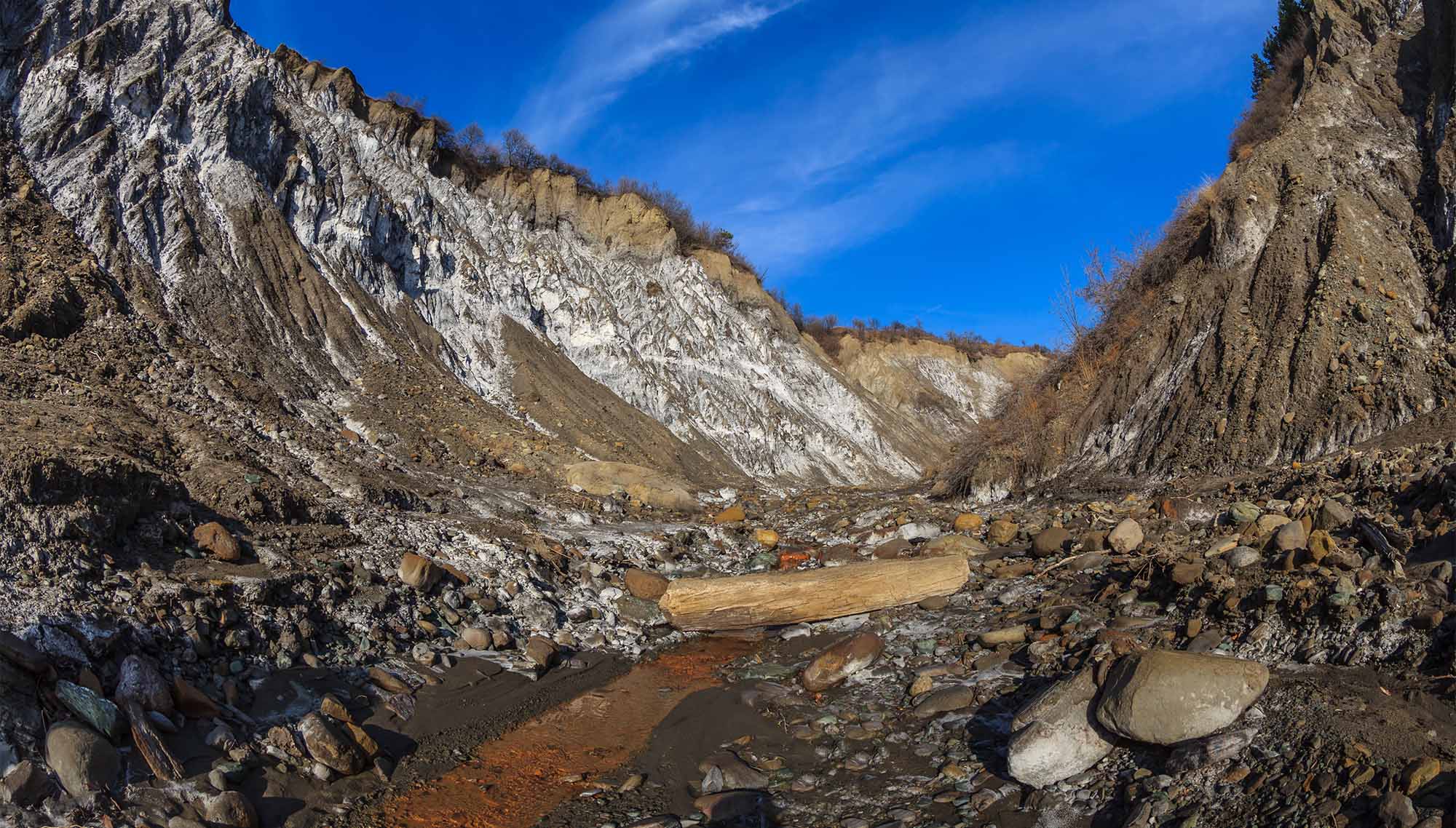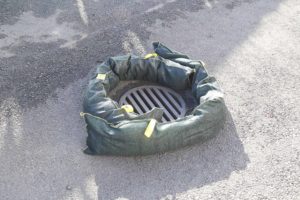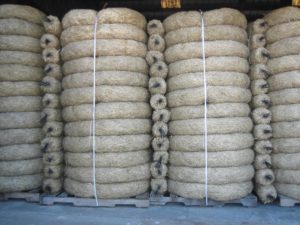According to the U.S. Environmental Protection Agency, one of the major sources of water pollution is sediment. Sediment is the loose sand, clay, silt and other soil particles that settle at the bottom of a body of water.

Why is sediment bad?
Sediment is a problem because of the negative effects that occur when an overabundance of sediment ends up in our waterways.
Elaborate…
When an overabundance of sediment ends up in our waterways, it harms the natural habitat for aquatic life, which can continue to affect the food chain and disrupt fisheries which can end up negatively affecting the economy. It can cause harm to plants and other wildlife and even cause some plants to release toxins that are harmful to humans.

How does sediment end up in our waterways?
Sediment ends up in our waterways because of stormwater runoff. Stormwater is water from rain or melting snow. Stormwater becomes runoff as it flows over impervious surfaces such as rooftops, streets, and parking lots, to name a few. As it flows, the water collects and transports pollutants such as trash, oil and grease, and sediment containing clay, silt, and sand. The polluted stormwater then enters the untreated storm sewer system and is finally drained directly into nearby creeks, streams, and rivers.
The most concentrated sediment releases come from construction activities, because on construction sites there is a lot of exposed soil (due to clearing, grading, etc.), which is extremely vulnerable to erosion. When a single raindrop hits exposed soil, it dislodges many soil particles. Therefore during one rain event where millions of raindrops fall to the ground, a significant amount of sediment can be displaced.
What can we do to prevent too much sediment from entering our waterways?
We can implement erosion and sediment control practices that work together as a system to prevent sediment from ever leaving a job site. Erosion control measures help prevent sediment detachment in the first place, while sediment control practices are a necessary second line of defense that try and stop the sediment after detachment but before it enters into the storm drain sewer system. In order to fully protect our waterways, erosion control and sediment control practices must be used in conjunction with each other. Listed below are some examples of the erosion control and sediment control practices that are commonly implemented today.
Types of Erosion Control Practices
-
- Rolled Erosion Control Practices
- Slope Interruption
Types of Sediment Control Practices
-
-
- Slope Interruption
- Perimeter Control
- Check Dams
- Inlet Protection
- Stockpile Management
-




